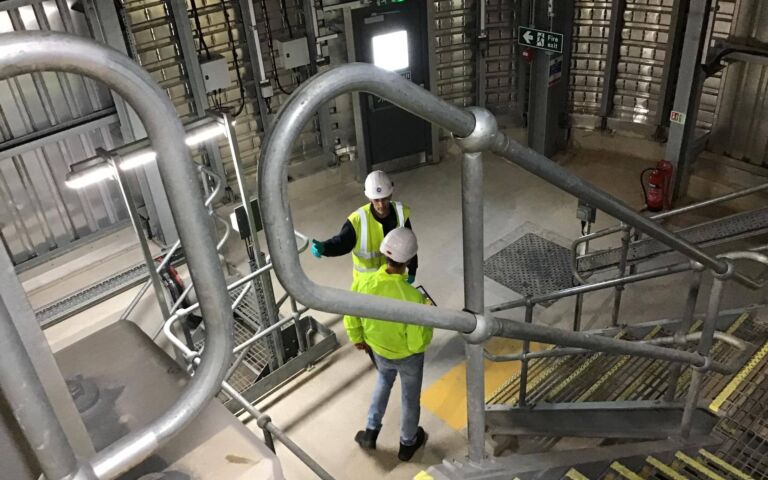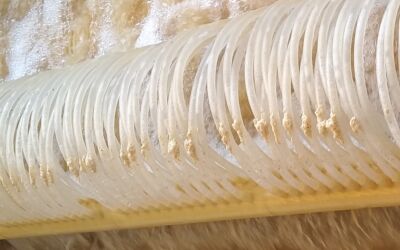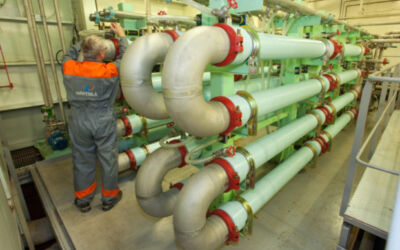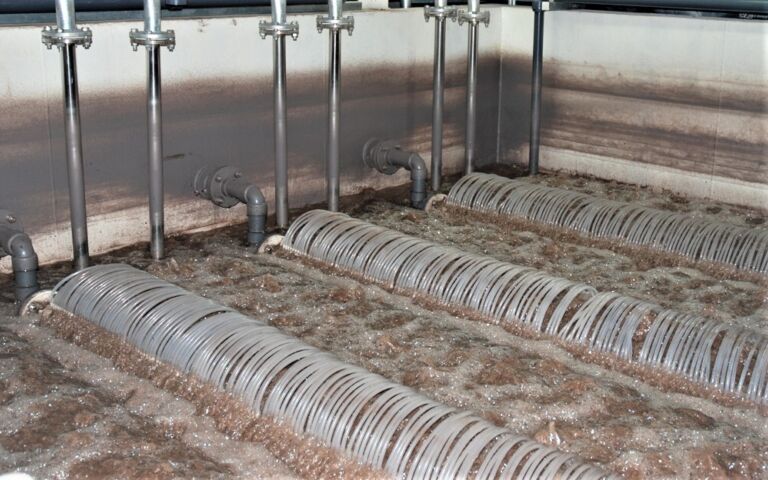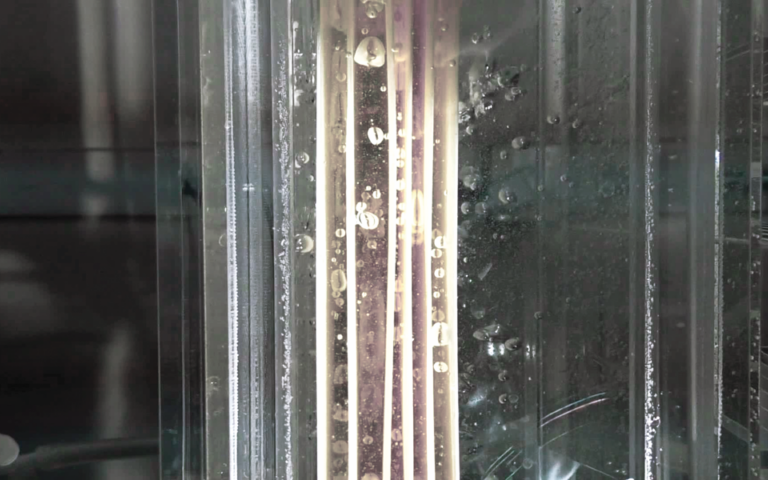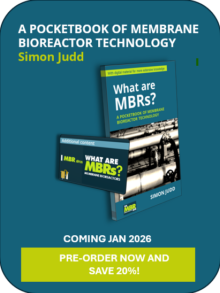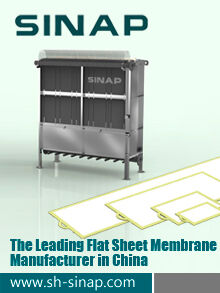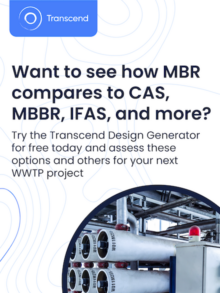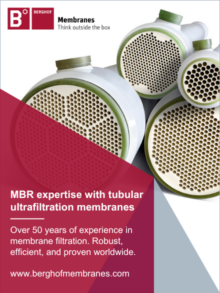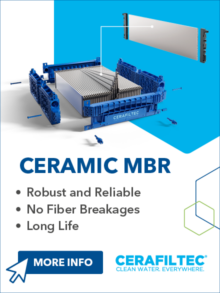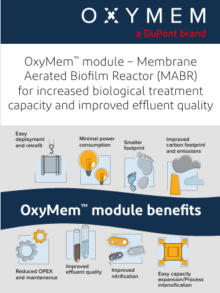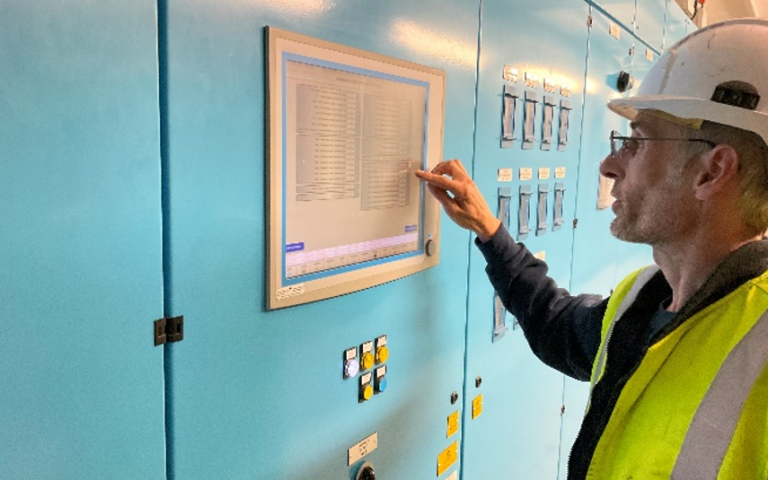
Municipal MBRs
The vast majority of the wastewater treatment capacity provided by MBRs worldwide is for municipal wastewater treatment, since the total flow of sewage is far greater than that of industrial effluent. Municipal MBR installations are generally larger than the industrial plants.
Similarly, most of the research into MBRs, focused largely on membrane fouling, relates to municipal wastewater treatment.



